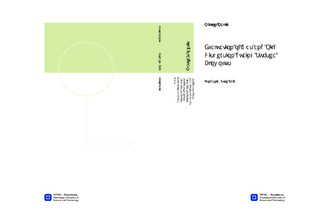| dc.description.abstract | The global demand for hydrocarbons is high and is also believed to be high in the future. Much of today s oil and gas exploration is carried out offshore and consequently, there is a risk if oil and gas blowouts at the seabed. Major concerns from a subsea oil and gas release are fire and toxic hazard to people working on offshore installations and loss of buoyancy of ships and floating installations. In addition, oil spills will result in both immediate and long-term environmental damage. Risk assessments are a very useful tool to pinpoint the risks of offshore oil and gas exploration and production. In terms of blowouts, these assessments require knowledge of the qualitative behavior and reliable quantitative estimates for where and when the oil and gas will surface. Since execution of underwater test releases of hydrocarbons is extremely costly, computer models are interesting research subjects.In this thesis, a simulation concept for forecasting oil and gas blowouts is presented. ANSYS FLUENT 15.0.0, a commercial Computational Fluid Dynamics (CFD) package, is used to obtain both the qualitative behavior and the quantitative estimates. The model accounts for variation in bubble size and bubble density. In addition the model allows for the presence of ocean currents and gas dissolution. The released oil droplets and the natural gas bubbles are tracked while they rise towards the ocean surface in order to estimate the effect of ambient ocean currents. The general model set-up is first validated against experimental data, for which air-bubbles are released in a 7 m deep basin.The primary simulations are based upon a field experiment conducted in Norwegian waters during June 2000, known as DeepSpill. Four discharges of oil and gas from a water depth of 844 m was carried out under controlled circumstances. Extensive observations and documentation were acquired during the experiments, in addition chemical and biological samples were collected along the water column. In the present work, simulation results are presented, discussed and compared with chosen field data obtained from the DeepSpill experiment.The overall simulation results are found to correspond quite good with the results from the DeepSpill experiment. The mean path of oil corresponds favorably with the overall shape of the echo-sound images taken during the experiments. The point of complete gas dissolution is found to match the field data, as long as a mass transfer reduction factor is employed. However, the rise time of oil droplets are somewhat over-predicted, which may indicate a need for denser grid in the release zone and/or a reconsideration of the oil droplet size distribution. | nb_NO |

